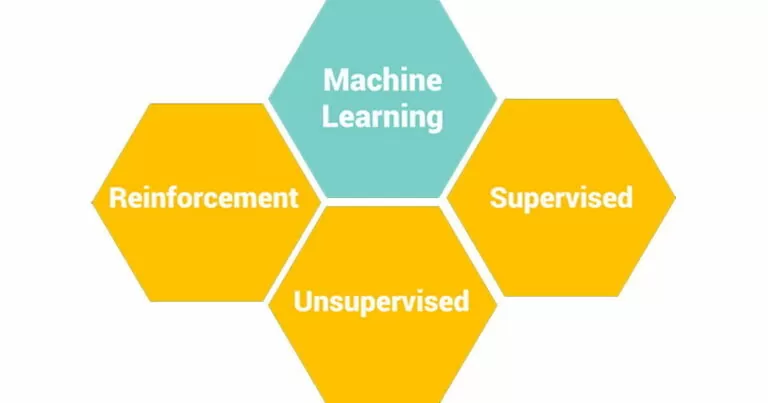
These mechanisms allow an intelligent machine to improve its capabilities and performance over time, automatically learning with experience to perform certain tasks, improving its performance more and more over time.
An example is AlphaGo, Machine Learning software for the Go game developed by DeepMind. AlpaGo was the first software capable of defeating a human master in the game on a plane goban standard size (19 × 19). The AlphaGo software was educated by observing millions of moves made by Go players during different games, and having the machine play against itself, with the result that it was able to beat what was believed to be the best player in the world of this game.
Let's now go into the three main categories of machine learning.
The system receives examples labeled according to the desired output. That is, the datasets useful for instructing the machine are made up of elements that represent real situations made up of input data "Features"And from output data"target". With reference to the example of the article What is Machine Learning, what it is about and its goals, the preparation of the training was of the supervised type as we had individual cases of routes, for each of which features (vehicle, route) and target (travel time) were specified. Data sets are usually much more complex, the example was extremely limited and didactic, with the aim of simplifying the understanding of Supervised Machine Learning.
A case of this type allows the algorithm to study the basis of the type of route and vehicle, what could be the travel time. There are two types of problems in supervised machine learning:
Reconsidering the example of motorway routes, we can say that it is a regression. If the target consisted of an assessment such as: fast if under an hour, slow between 1 and two hours, very slow if over two hours. In this case it would have been a classification problem.
There is no labeled data, it is the system that, starting from the inputs, must find a structure in the data. We practically have no targets, but only input data. As if in the example we had only the route and vehicle data, but not the travel time data.
In this approach, the algorithms must identify categories by looking for hidden structures in the data. The main tools that can be used in the unsupervised approach are the clustering and association rules.
The system receives input from the environment and takes actions. The system tries to take actions in order to receive rewards. The system will try to implement actions that optimize the reward depending on the state of the surrounding environment.
The reward system is implemented through a component, called agent. The agent decides an action to be carried out on the environment and from this he receives one reward and possibly information on the state of the environment, as a consequence of the action initiated.
For example, if we think of a system dedicated to the game of chess, the agent is the component that decides the move, the environment is the game itself. As a consequence of every single move made by the agent, the state of the game changes (understood as the current situation, position of all the pieces, also as a consequence of the opponent's move), receiving feedback as an opponent's piece eaten, therefore intended as a reward to the move. In this way the agent learns, and educates himself.
It is therefore evident that the choice between the types of machine learning depends on the context. That is, the type of approach is chosen on the basis of the data available and the possibility of having a history that includes the description of the circumstances of each individual case (input), and also a result (output). So with a data set of this type, you can proceed to use a supervised approach.
If, on the other hand, you do not have the possibility of knowing the output data (target) a priori, or you want to discover new targets, then it is necessary to identify links between the input data to discover circumstances never experienced in the history, or to face a learning towards a environment that evolves and reacts. In this case it is necessary to opt for unsupervised or reinforcement techniques.
Ercole Palmeri: Innovation addicted
Any business operation produces a lot of data, even in different forms. Manually enter this data from an Excel sheet to…
The compromise of company emails increased more than double in the first three months of 2024 compared to the last quarter of…
The principle of interface segregation is one of the five SOLID principles of object-oriented design. A class should have…
Microsoft Excel is the reference tool for data analysis, because it offers many features for organizing data sets,…
Walliance, SIM and platform among the leaders in Europe in the field of Real Estate Crowdfunding since 2017, announces the completion…
Filament is an "accelerated" Laravel development framework, providing several full-stack components. It is designed to simplify the process of…
«I must return to complete my evolution: I will project myself inside the computer and become pure energy. Once settled in…
Google DeepMind is introducing an improved version of its artificial intelligence model. The new improved model provides not only…